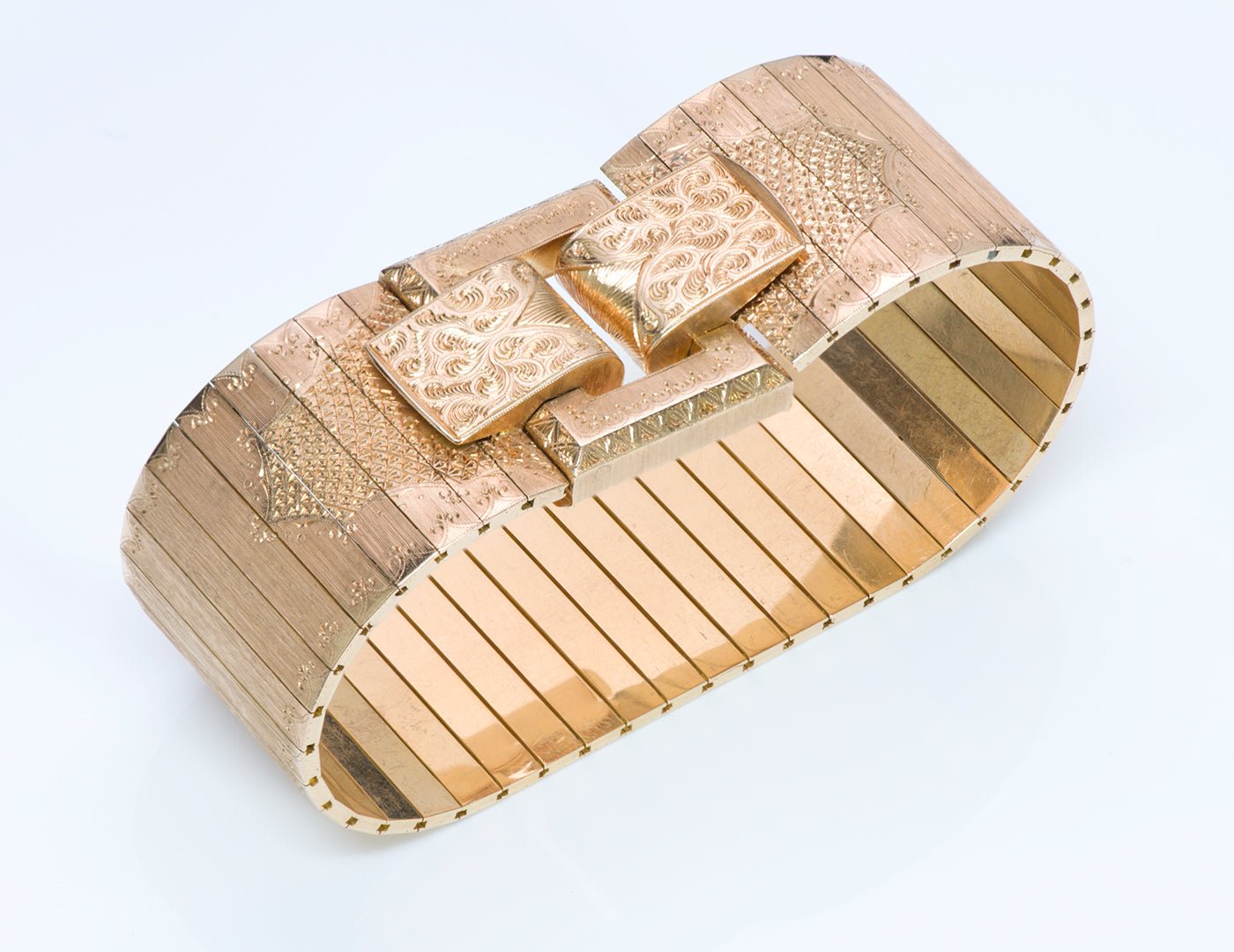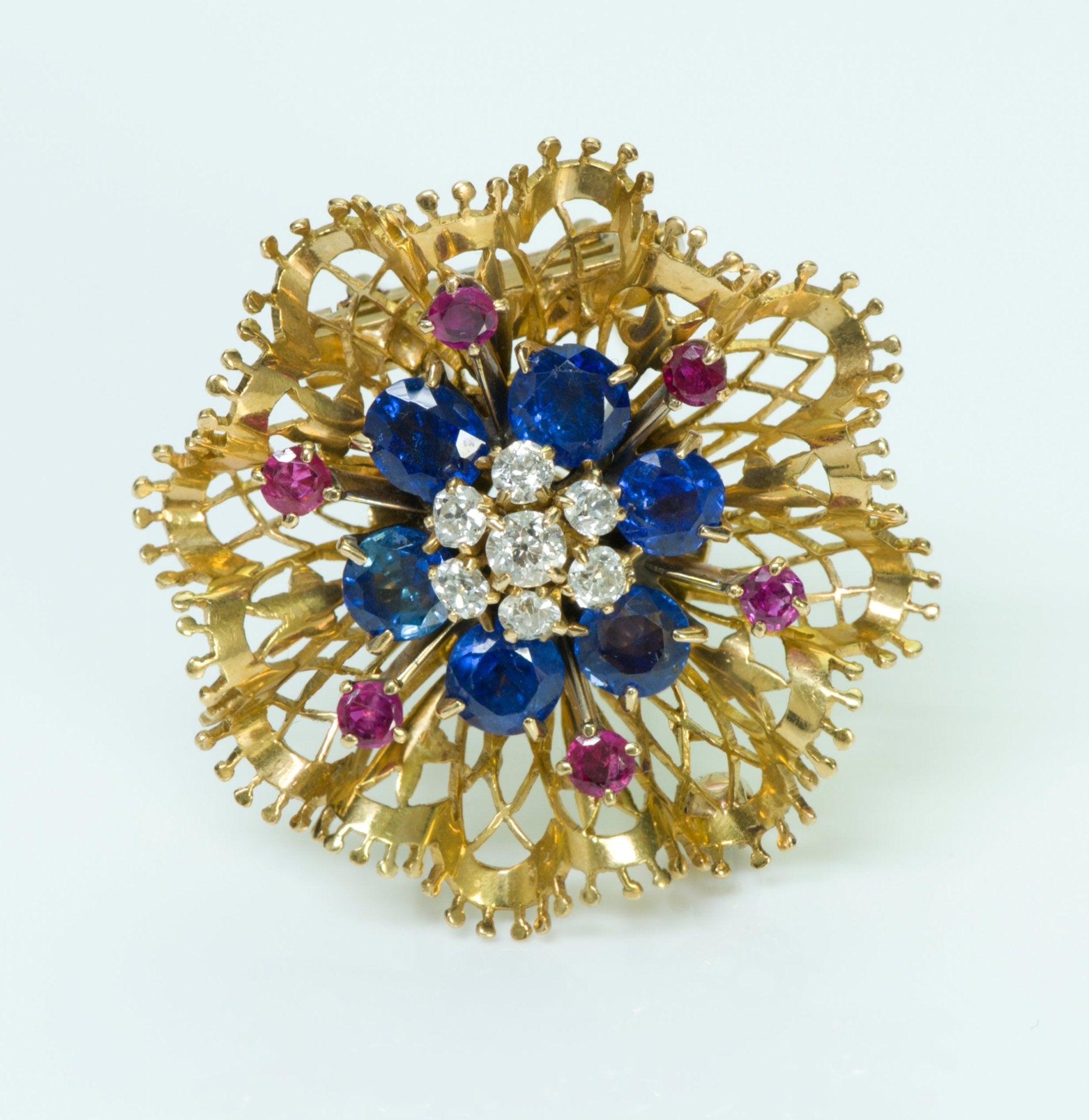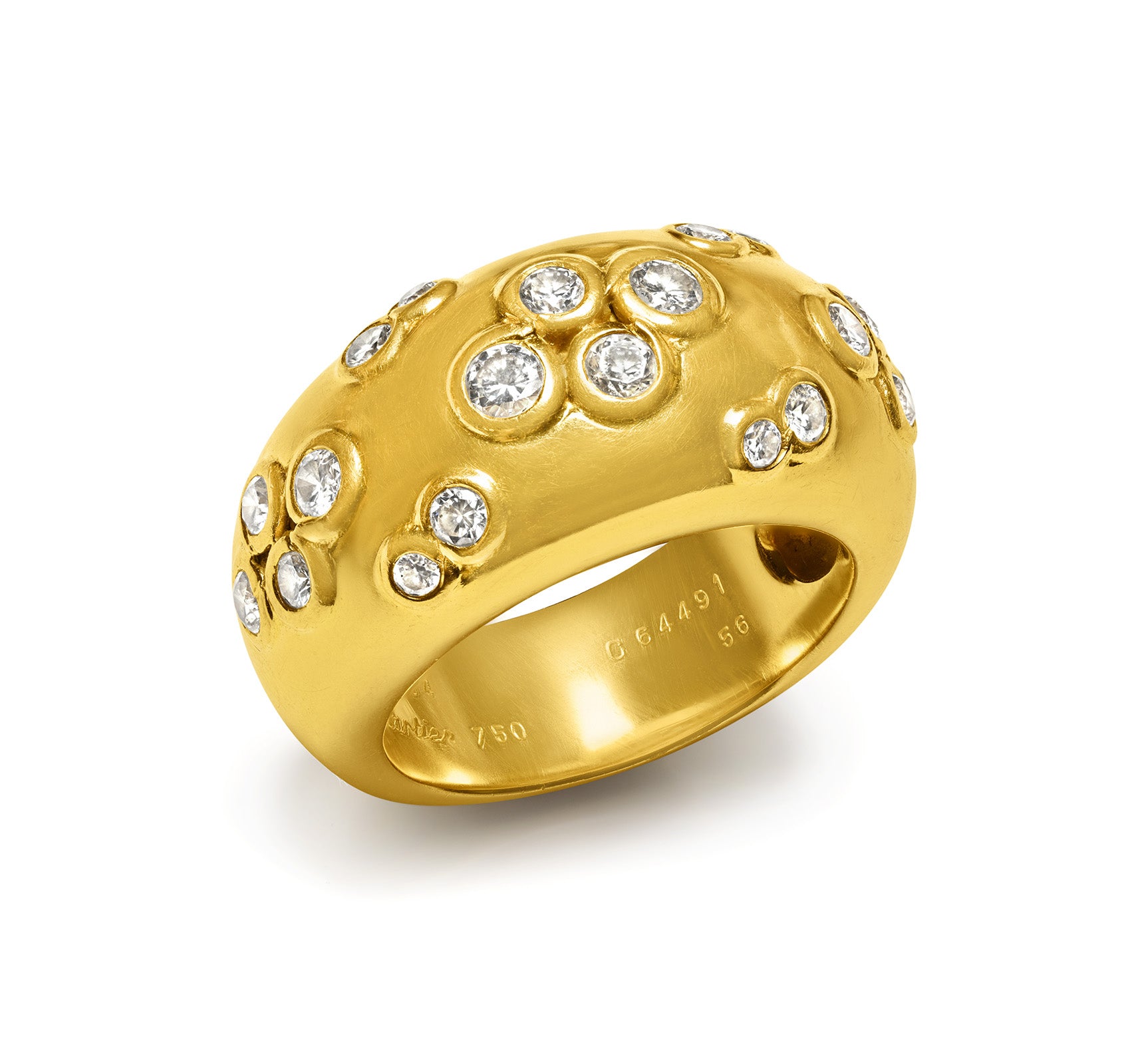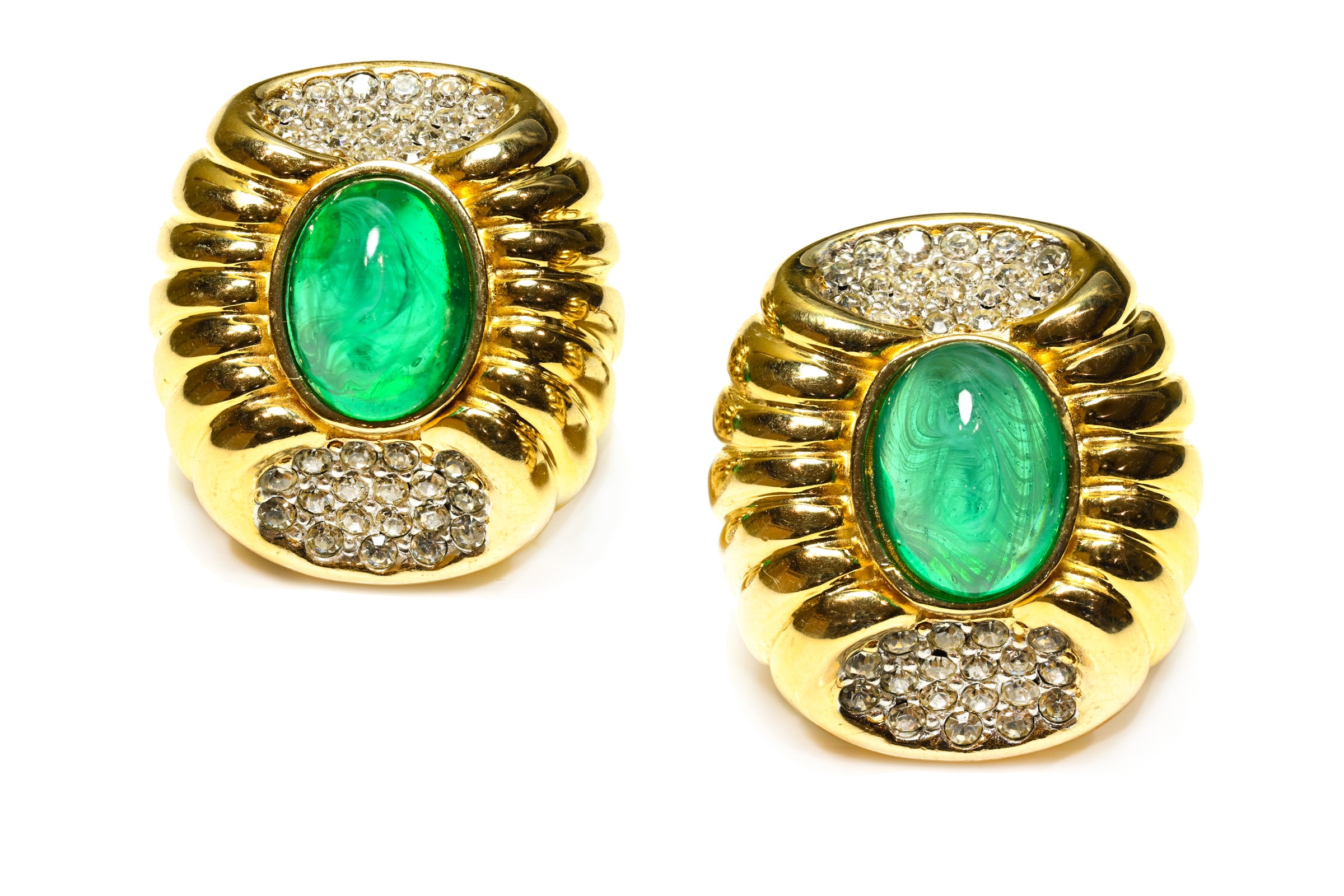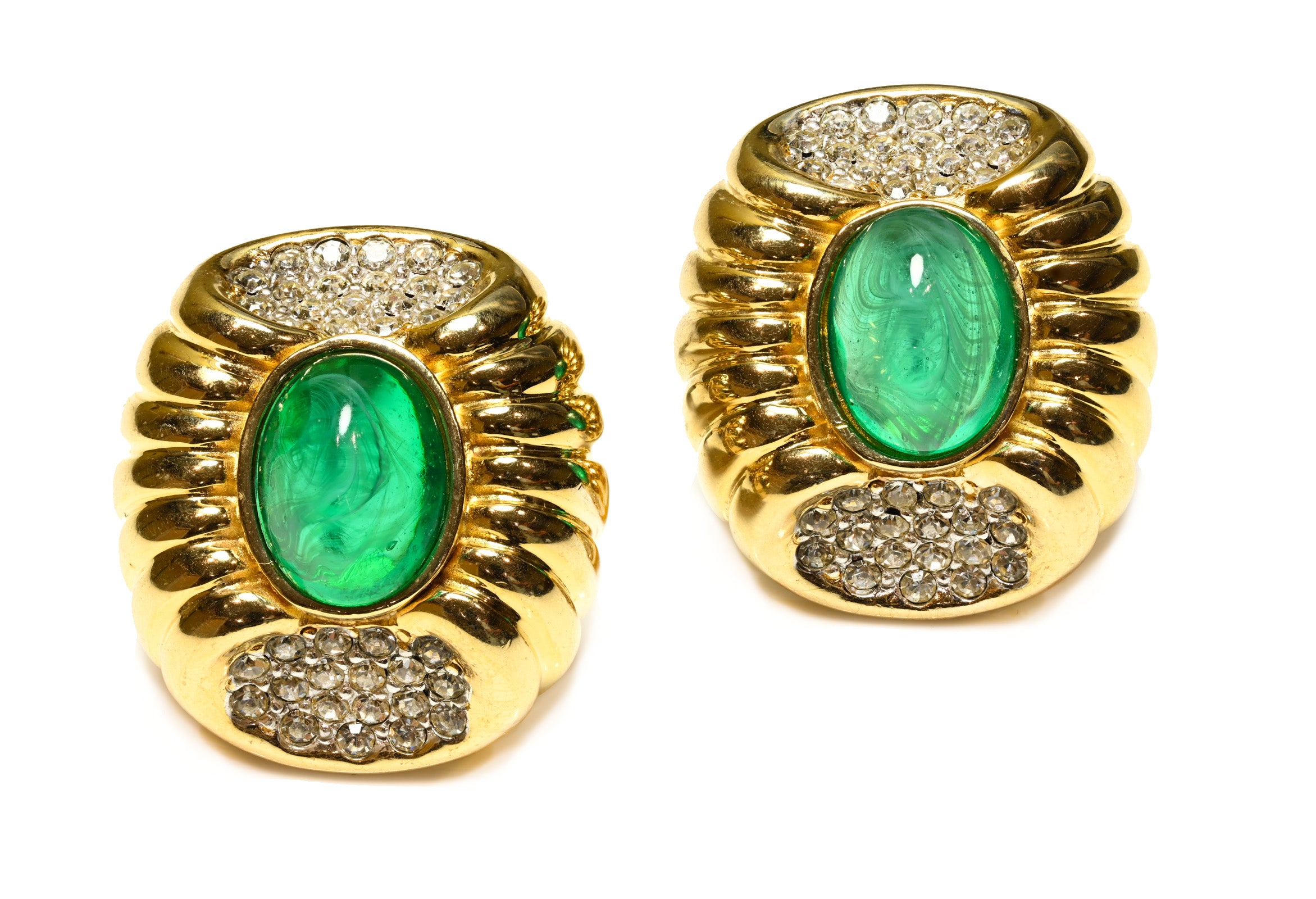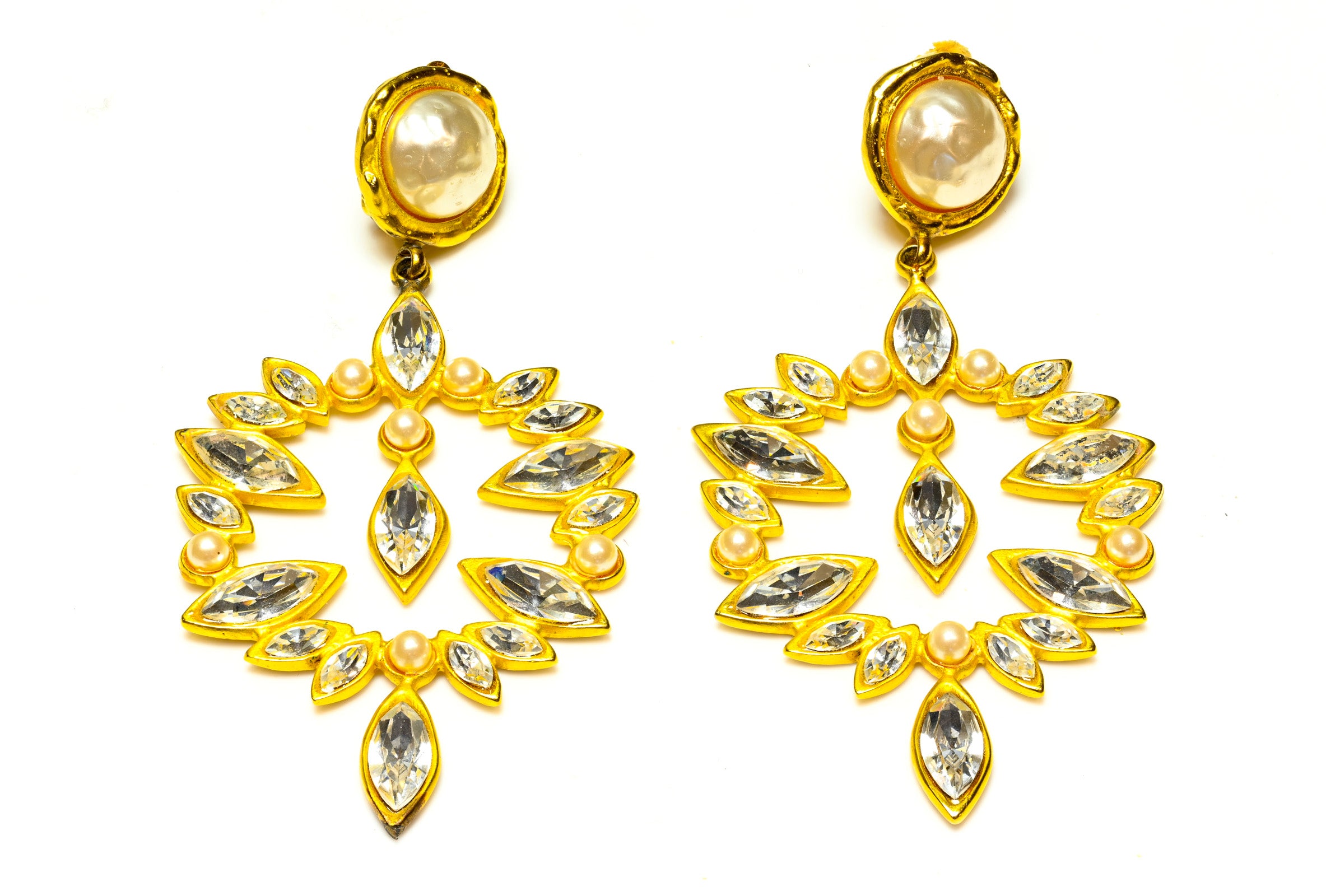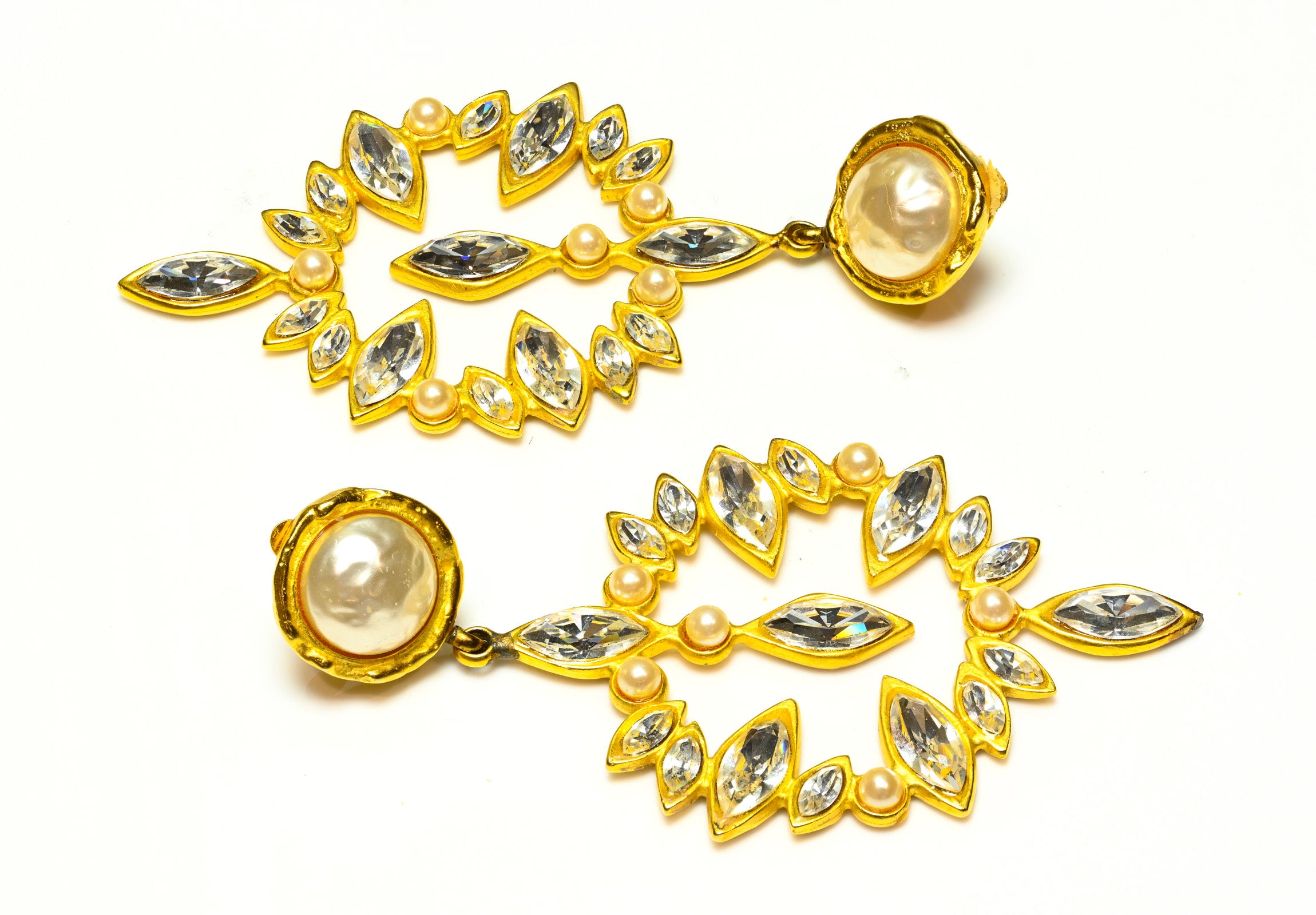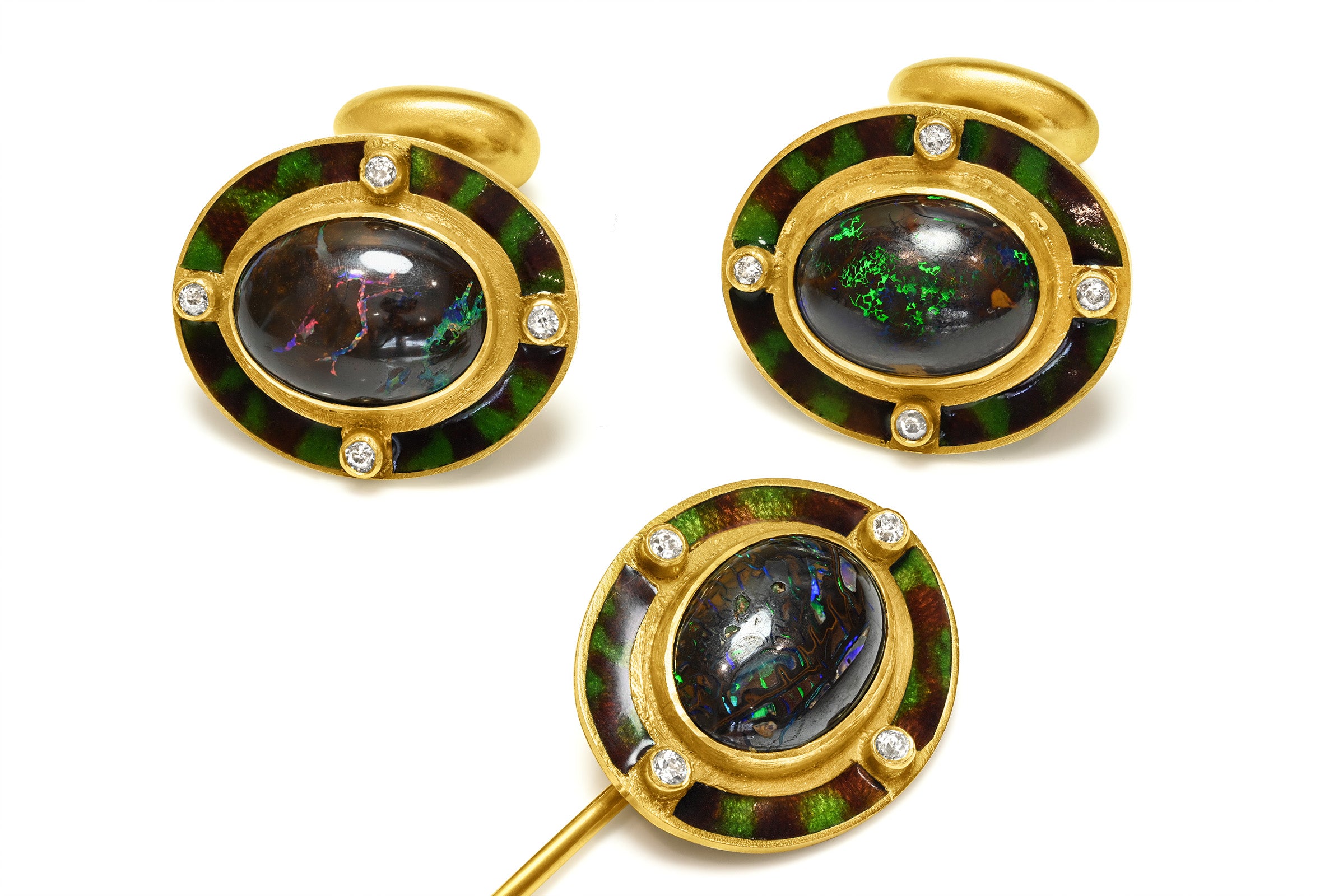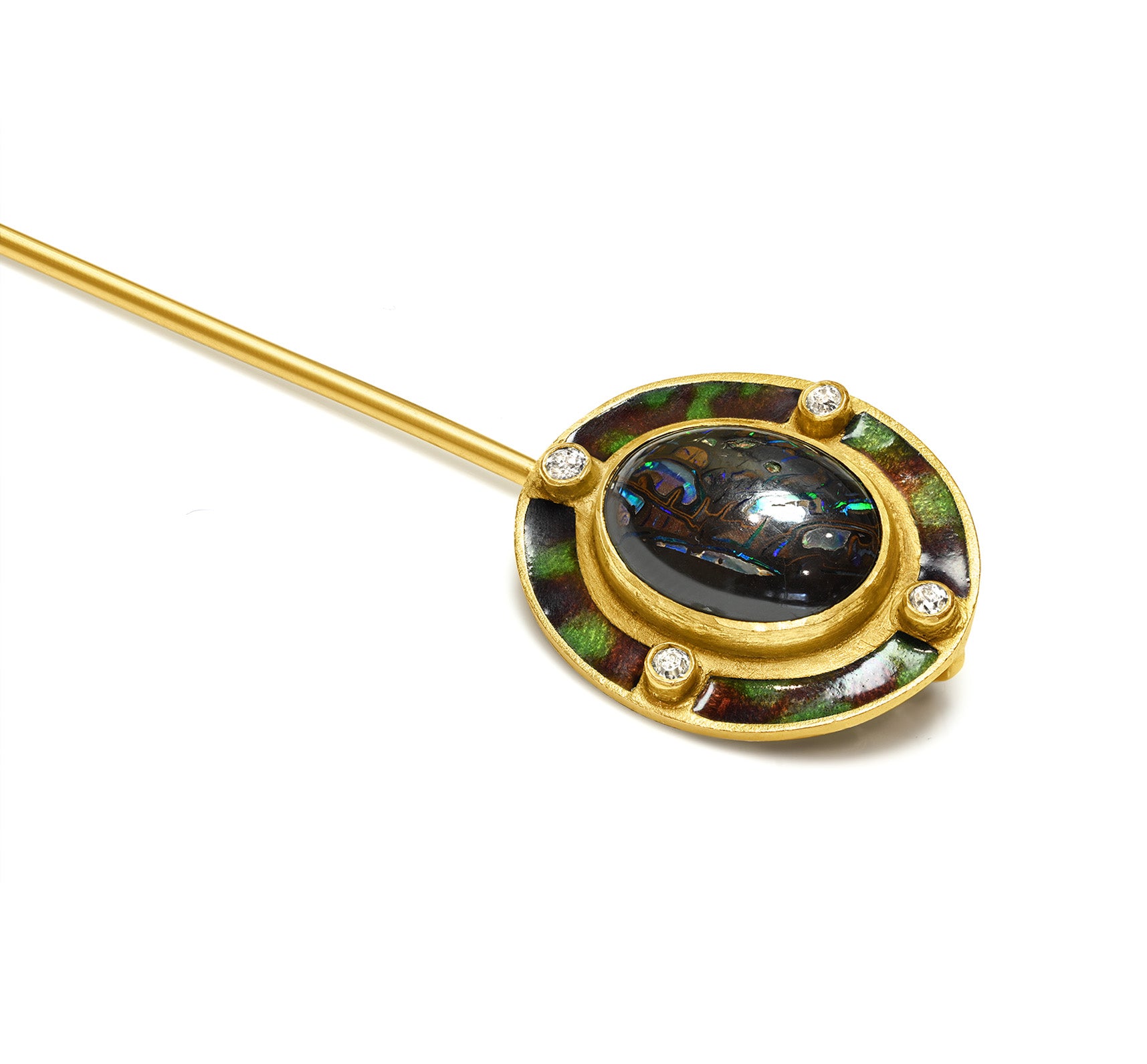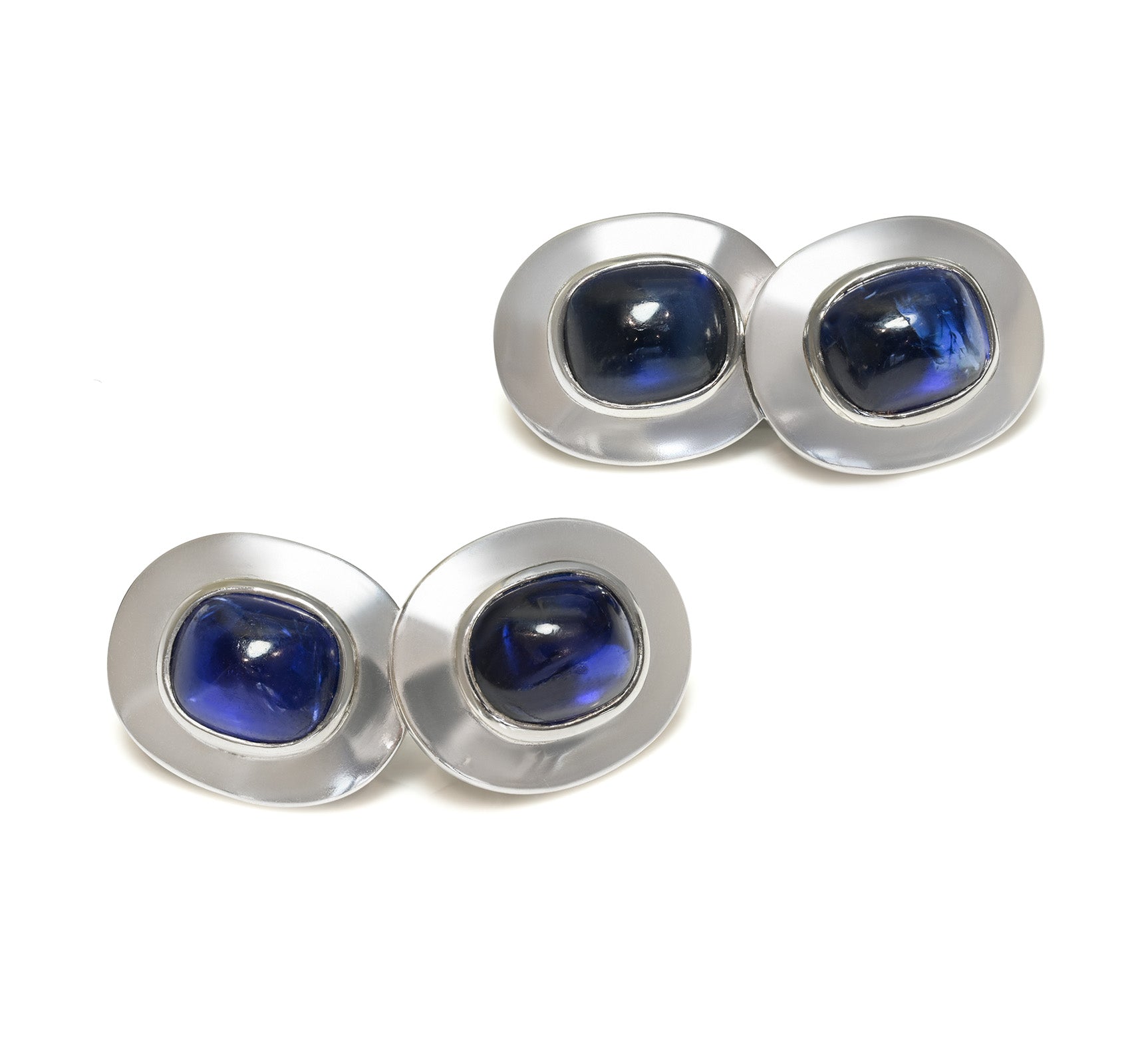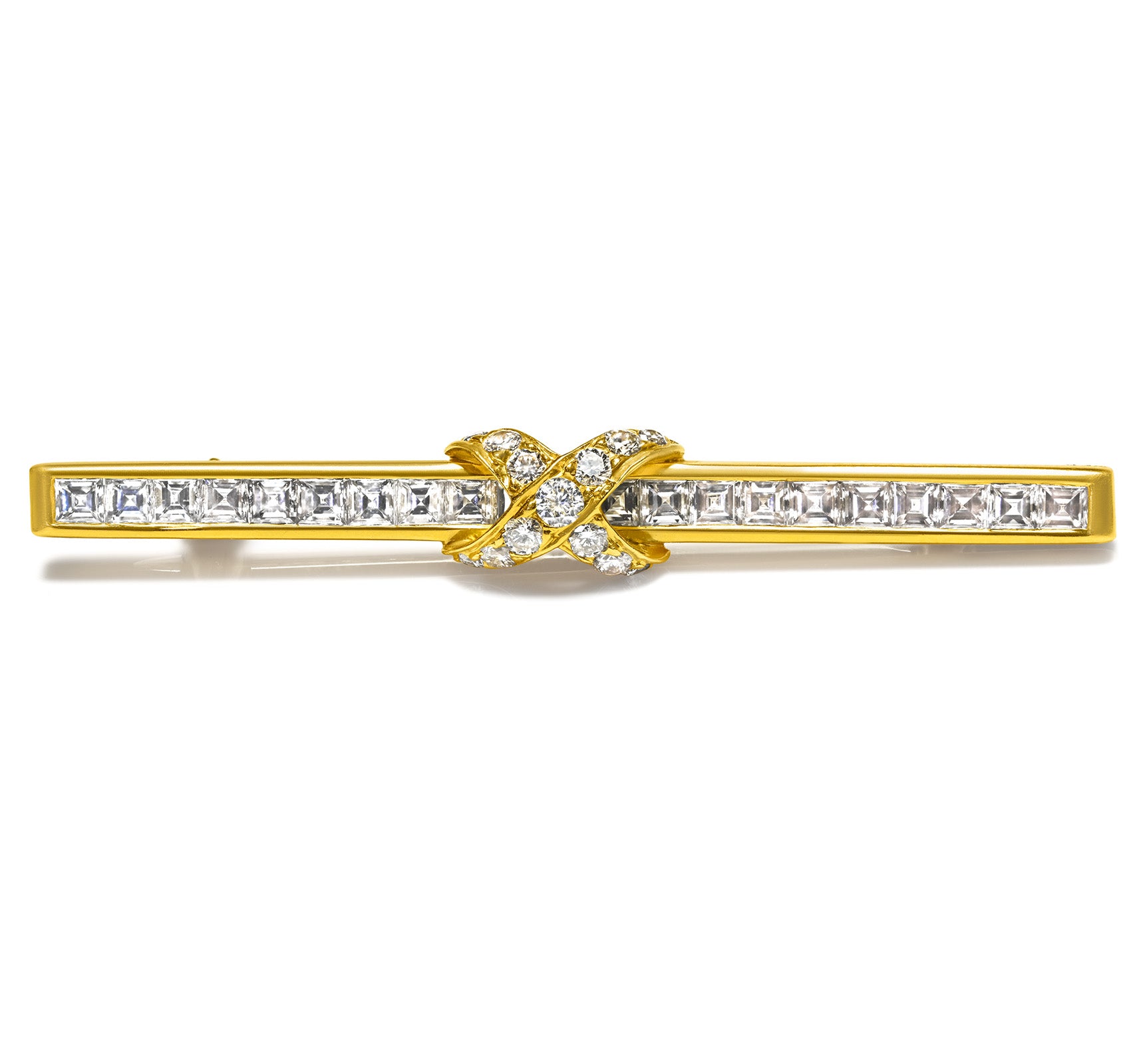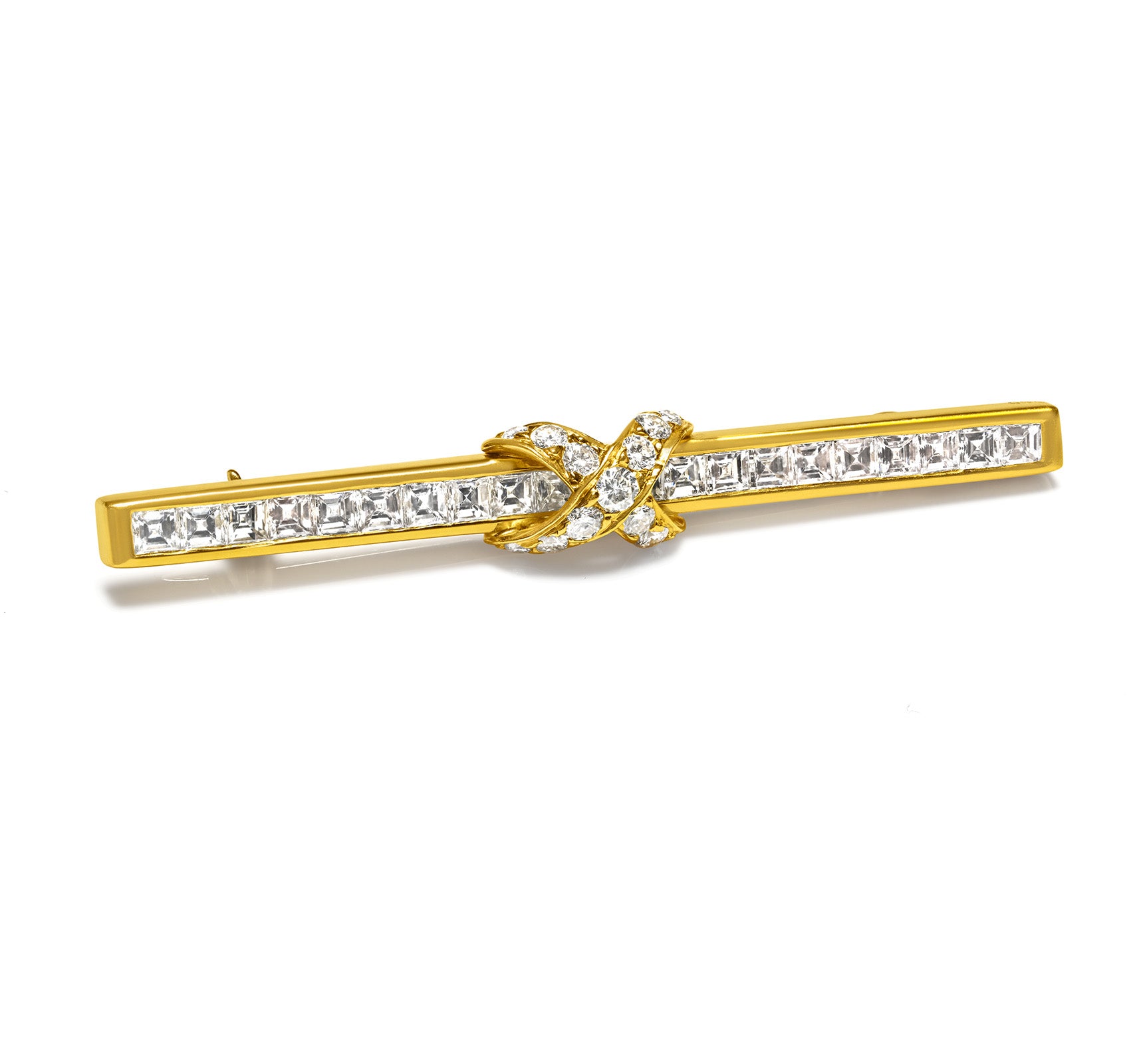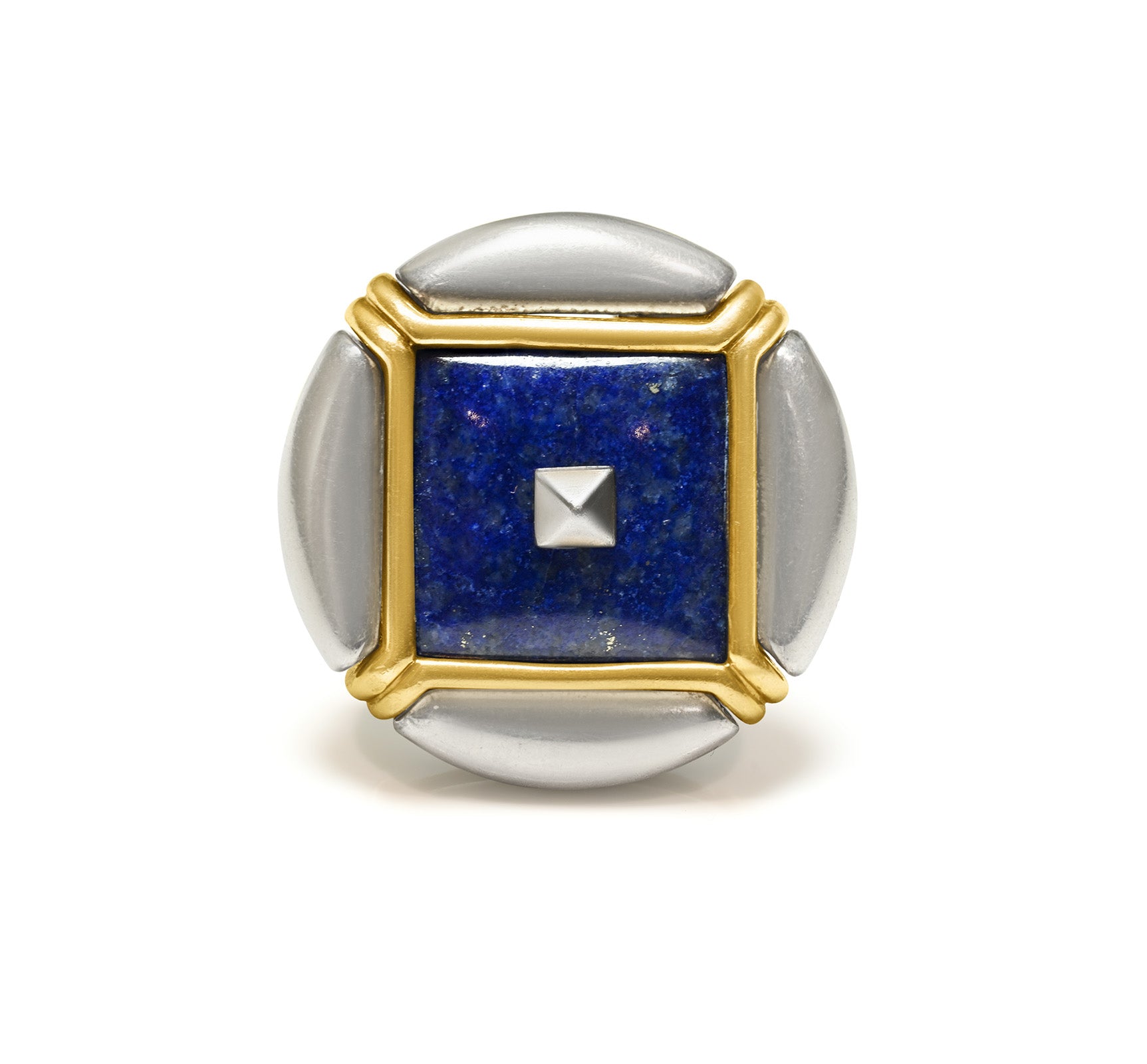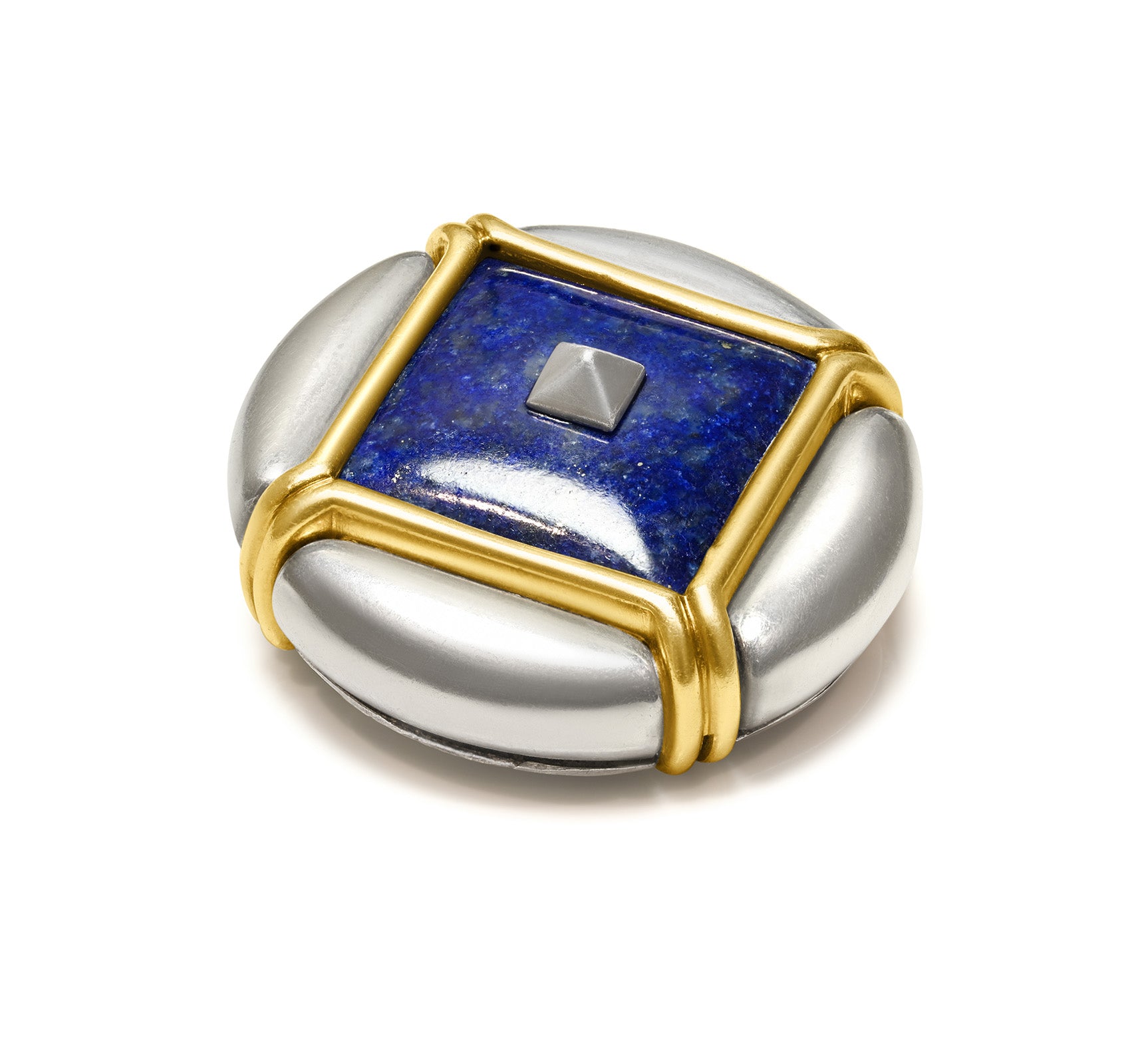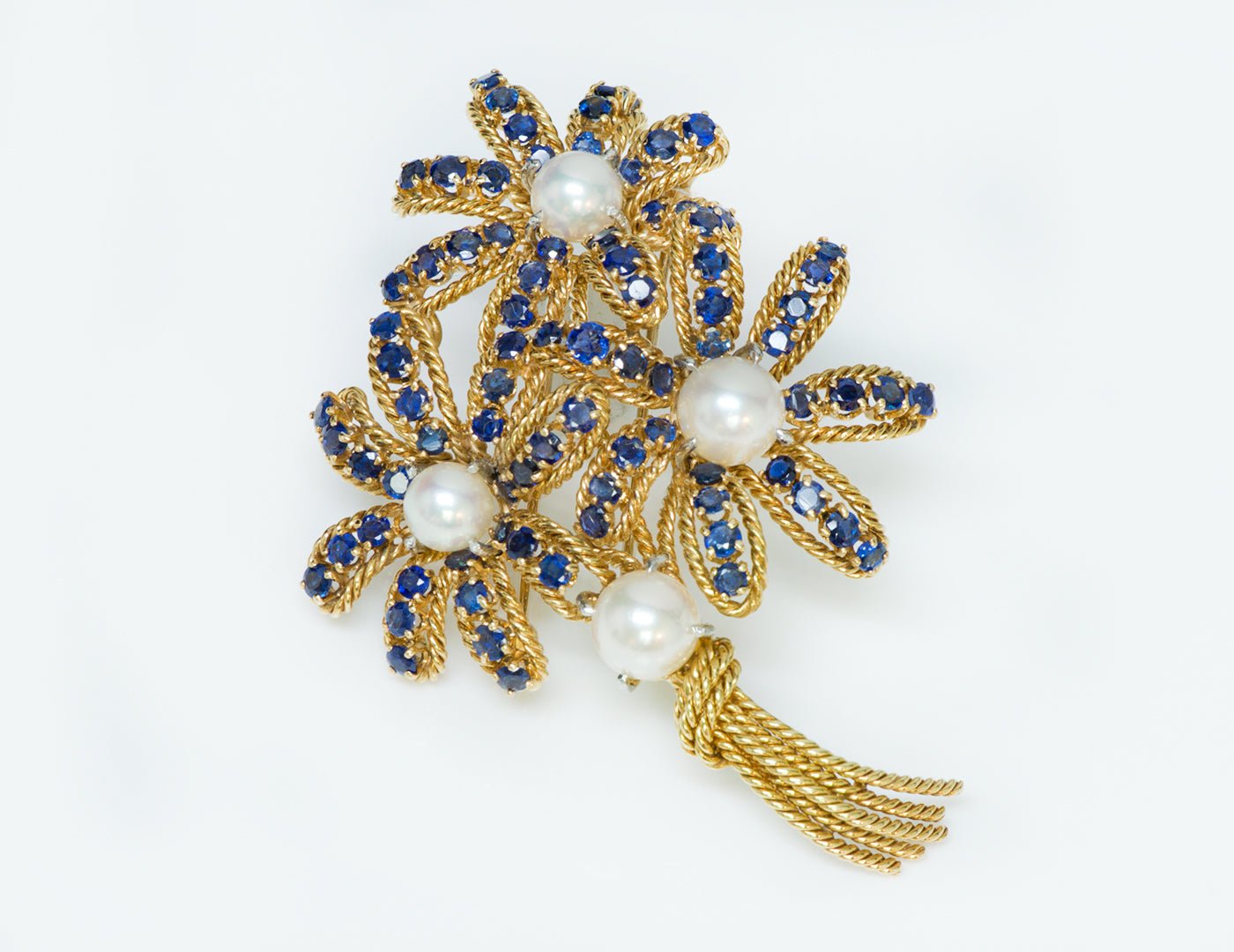
Van Cleef and Arpels: a Marker of High Jewelry Excellence
Van Cleef & Arpels is a French luxury jewelry and watch company founded in 1896 by Alfred Van Cleef and his father-in-law Salomon Arpels in Paris.
In 1906, Julien, Louis, and Charles Arpels, along with their brother-in-law Alfred Van Cleef, descendants of generations of jewelers, officially established their firm in Place Vendôme.
Within a few decades, their choice jewelry had become world-famous, and, in addition to the elegant tourist shops at the international resorts of Vichy, Le Touquet, Deauville, Monte Carlo, and Cannes, they expanded by opening branches in London, Geneva, New York, and Palm Beach. Always in tune with the times, the firm opened two boutiques in Paris and New York to offer jewelry of a more 'accessible' kind, appealing to a broader audience.
The lofty reputation of the high jewelers can be accredited to its standards, which have always been among the highest in the industry. From the selection of the stones, the setting, and polishing, Van Cleef and Arpels has always wanted to be the best in every regard, and this pursuit of perfection has led to their renown.
The brand’s pieces often feature flowers, animals, and fairies, and have been worn by style icons such as the Duchess of Windsor, Grace Kelly, and Elizabeth Taylor. Van Cleef & Arpels also designed the crown of Empress Farah Pahlavi of Iran.
Every single Van Cleef & Arpels jewelry piece or a watch is a work of art and as such, deserves a deeper dive into its individual story and unique techniques required to produce the awe-worthy piece. Today we take a closer look at Van Cleef & Arpels "Mystery Setting" and one of the brand’s most famous pieces.
The Serti Mysterieux and the Beauty Behind It
In the early 1930s, jeweler Mr. Langlois and Van Cleef worked on a kind of setting for gems, which would later be employed by the company and come to be recognized as one of the most genius techniques of stone setting. At the end of 1933, Van Cleef and Arpels received a patent for this proprietary gem setting style, called Serti Mysterieux, or "Mystery Setting".
The name masterfully expresses the effect of the technique, which uses hidden prongs to set gems, giving them the appearance of floating stones, hence the term “mysterieux”. Each stone is faceted onto gold rails less than two-tenths of a millimeter thick. This system is still in use today, and the technique has never been bettered.
Theoretically, the method is simple enough. The stones are set onto rails below them, being perfectly adjusted to suit the color and volume to create a beautiful piece. In practice however, it is not as simple.
The technique can require 300 hours of work (!) per piece or more, and only a few are produced each year. The technique mainly employs rubies, or as it’s called by the experts at Van Cleef and Arpels “the most flattering stone”.
The small stones must be put perfectly in place and must reach their exact position in order for all of them to be set at the same time.
Anatomy of "Mystery Setting" Technique
Various machinery allows the lapidaries to work the stone, with one machine grinding the stone to a perfect shape, another drilling it, and another making grooves along the side, allowing the stone to be slid along a rail and set next to another stone.
The lattice can be called the most unique part of the whole contraption. This set of rails allows the stones to be placed one after another.
The stones are then adjusted on the grid to achieve a perfect arrangement, and upon arranging and setting, this acts as a keystone at the end of the process, locking all the stones in place.
The Mystery in Action
The Pavot Mystérieux High Jewelry Timepiece is an embodiment of one of the Maison’s favorite themes: nature and more specifically, the poppy flower that has appeared in the Van Cleef and Arpels archives since the 1950s.
This exceptional piece combines several of the Maison’s emblematic techniques. Adorned with the exceptional Mystery Set™ rubies, the Pavot flower is graced with sparkling leaves of pink gold and rests on a ribbon whose round and baguette cut diamonds create an effect of movement.
Below the cover of beauty in the form of the ruby adorned flower, sits a timepiece, a watch. Maintaining the tradition of convertible jewelry, the Pavot flower can be removed and worn as a clip to suit the occasion.

